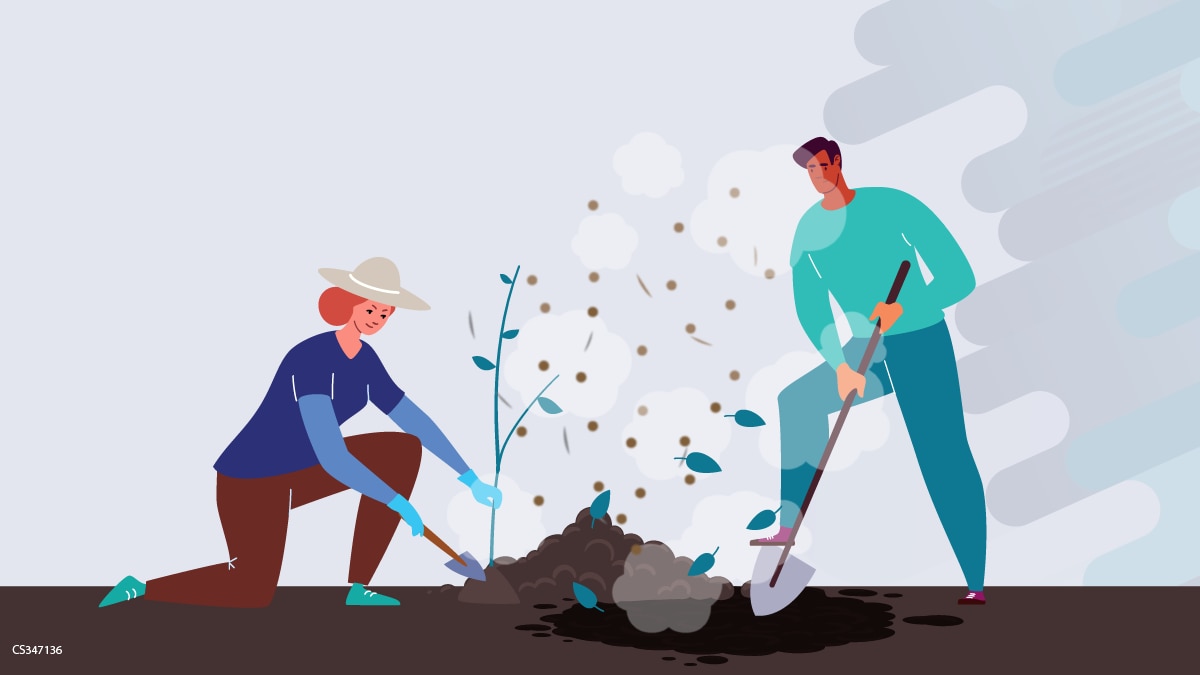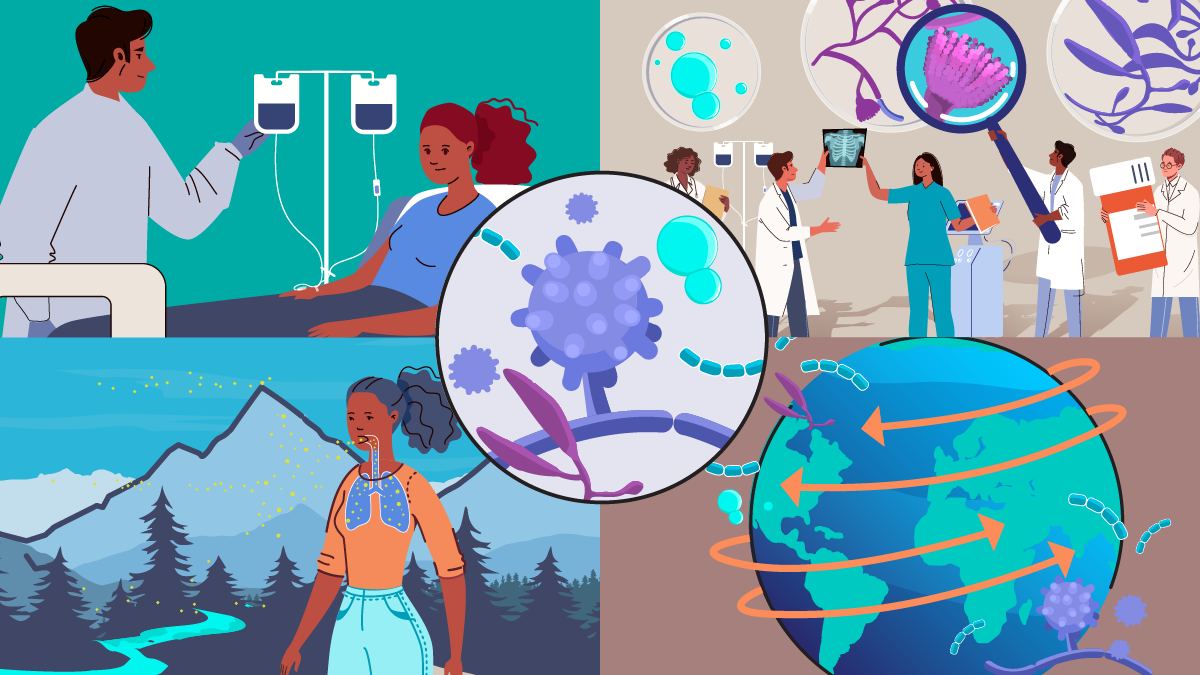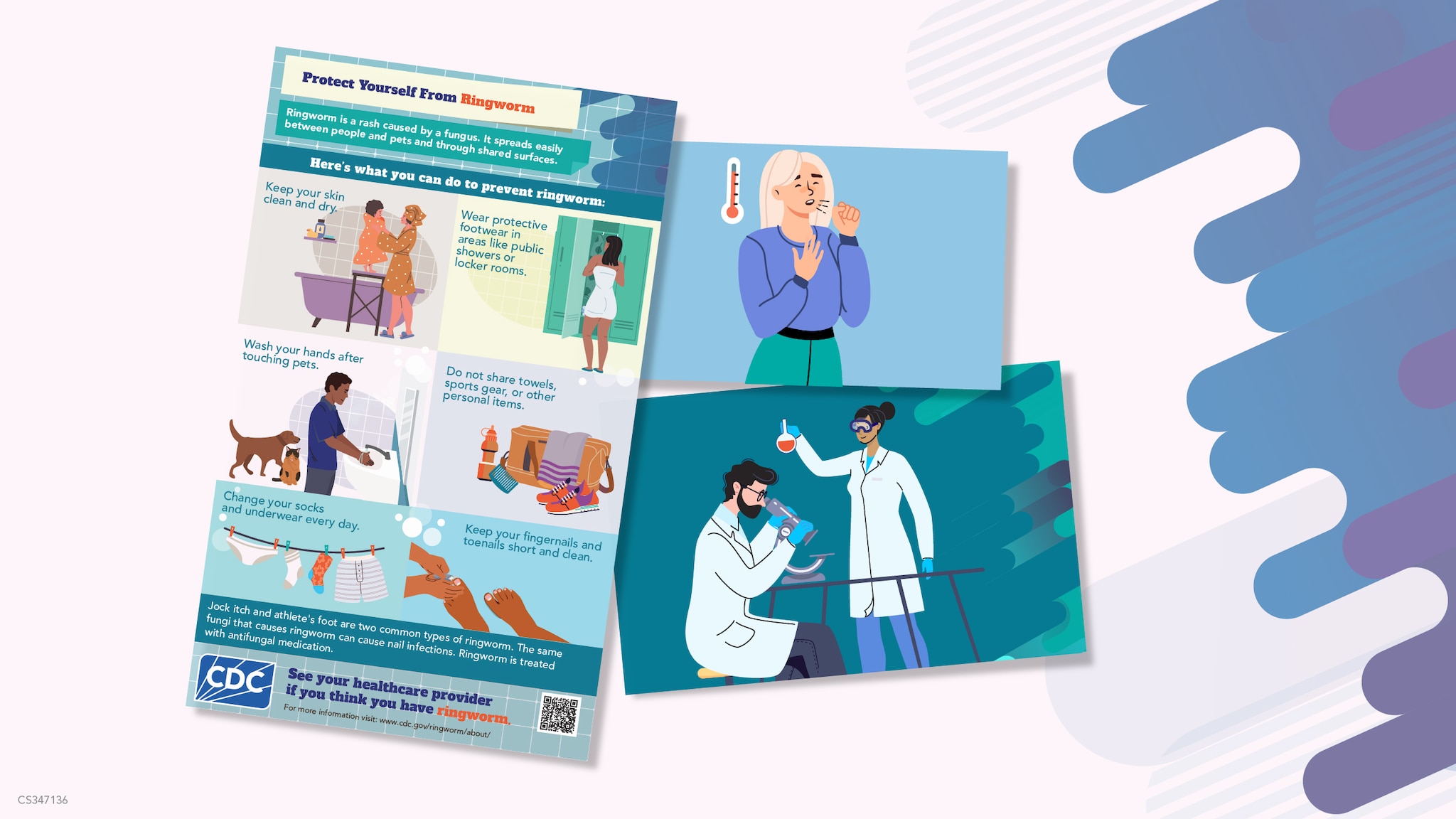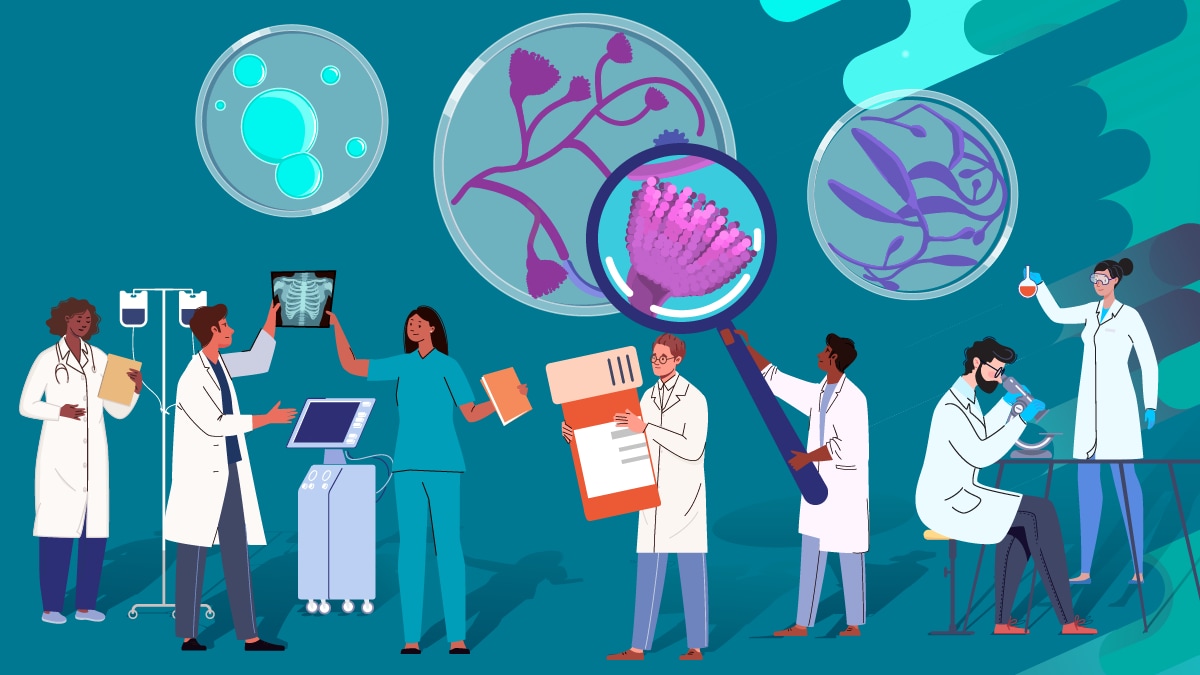Key points
- People can get paracoccidioidomycosis by breathing in the fungus Paracoccidioides that lives in the environment in parts of Mexico and Central and South America.
- Many people who are infected with Paracoccidioides never develop symptoms.
- Paracoccidioidomycosis is diagnosed by reviewing a patient's symptoms, laboratory tests, and imaging tests, such as a chest X-ray.

Overview
Paracoccidioidomycosis is caused by breathing in Paracoccidioides, a fungus that lives in parts of Mexico and Central and South America. Anyone who lives in or visits these areas can get paracoccidioidomycosis. However, it is most common among men who work outdoors in rural areas.
Many people who are exposed to Paracoccidioides never develop symptoms. People who get sick usually have symptoms affecting their lungs or skin. Healthcare providers can test for and treat Paracoccidioidomycosis.
Symptoms
Many people who are infected with Paracoccidioides never develop symptoms. Paracoccidioidomycosis usually affects the lungs and skin, with the following symptoms:
- Cough
- Enlarged liver and spleen
- Fatigue
- Fever
- Lesions in the mouth and throat
- Swollen lymph nodes
- Weight loss
- Skin lesions
In adults, paracoccidioidomycosis usually affects the lungs and causes lesions in the mouth and throat. Children are more likely to have swollen lymph nodes and skin lesions.
Risk factors
Anyone who lives in or visits areas where Paracoccidioides lives can get paracoccidioidomycosis. Most cases are in Brazil, Venezuela, Colombia, and Argentina.
Scientists believe that most people that grow up in areas where Paracoccidioides lives are exposed as children. Many people who are exposed do not get sick. Among children, boys and girls have the same risks for infection.
Infections are most common among men who work outdoors and in agriculture.
Causes
People get paracoccidioidomycosis after breathing in the fungus Paracoccidioides from the environment in certain parts of Mexico and Central and South America. Paracoccidioidomycosis does not spread from person to person.
The exact time between inhaling the fungus and getting paracoccidioidomycosis is not known.
The specific habitat of the fungus Paracoccidioides is also not exactly known. It has been found in soil near armadillo burrows.
Testing and diagnosis
Healthcare providers use a patient's symptoms, laboratory tests, and imaging tests, such as a chest X-ray, to diagnose paracoccidioidomycosis.
A healthcare provider will often perform a biopsy (take a small sample from the body part that is affected). The sample is sent to a laboratory for a fungal culture or to be examined under the microscope. A blood test can also help diagnose paracoccidioidomycosis.
Treatment and recovery
Paracoccidioidomycosis is treated with antifungal medicines such as itraconazole and amphotericin B.
While antibiotic medicines are made to kill bacteria and not fungi, an antibiotic medicine called trimethoprim/sulfamethoxazole (TMP/SMX) can help treat infections. TMP/SMX is also known as co-trimoxazole and by several different brand names, including Bactrim, Septra, and Cotrim.
Patients usually need treatment for about one year.
Statistics
More than 15,000 cases of paracoccidioidomycosis have been recorded since 1930. About 80% of recorded cases have occurred in Brazil. Many more cases likely occur, however, because the disease is underrecognized.
Paracoccidioidomycosis is likely rare in the United States, where it is not a reportable disease.
Scientists estimate that less than 5% of patients with paracoccidioidomycosis die from the disease.
More fungal disease resources
Communication and Educational Materials
Webinars, Podcasts, and Clinical Tools



